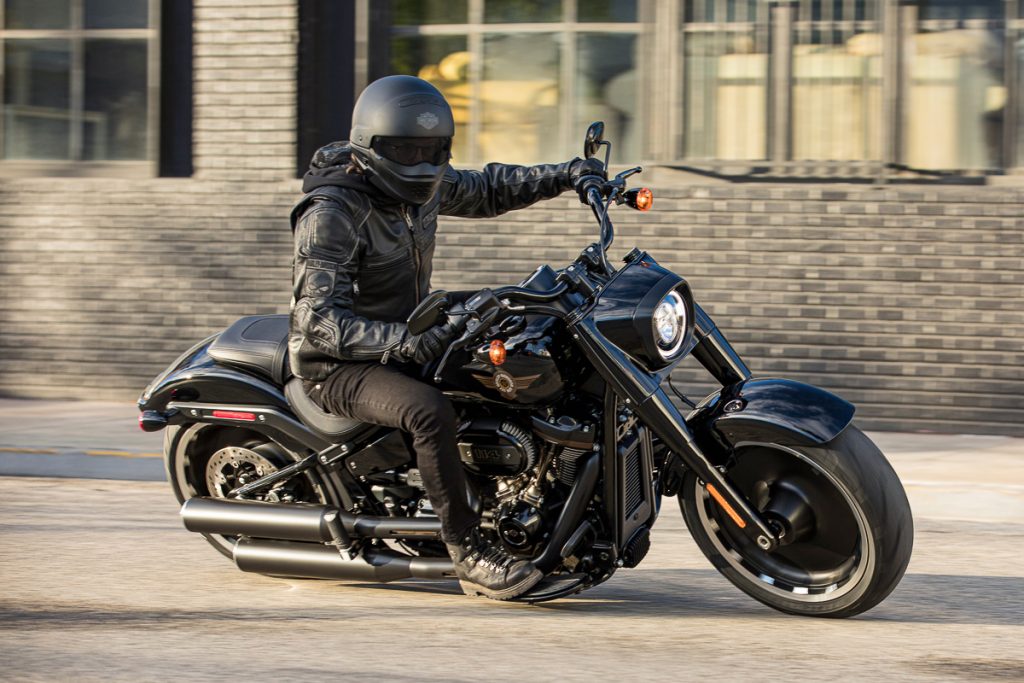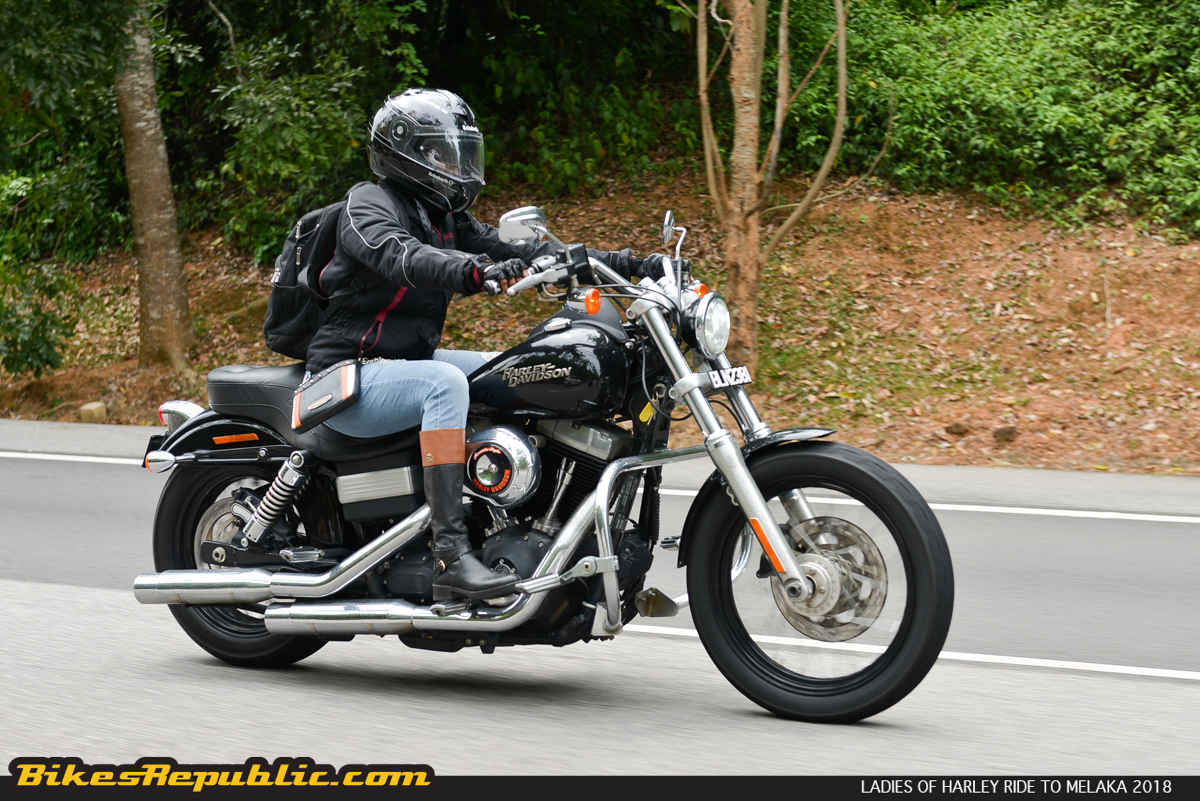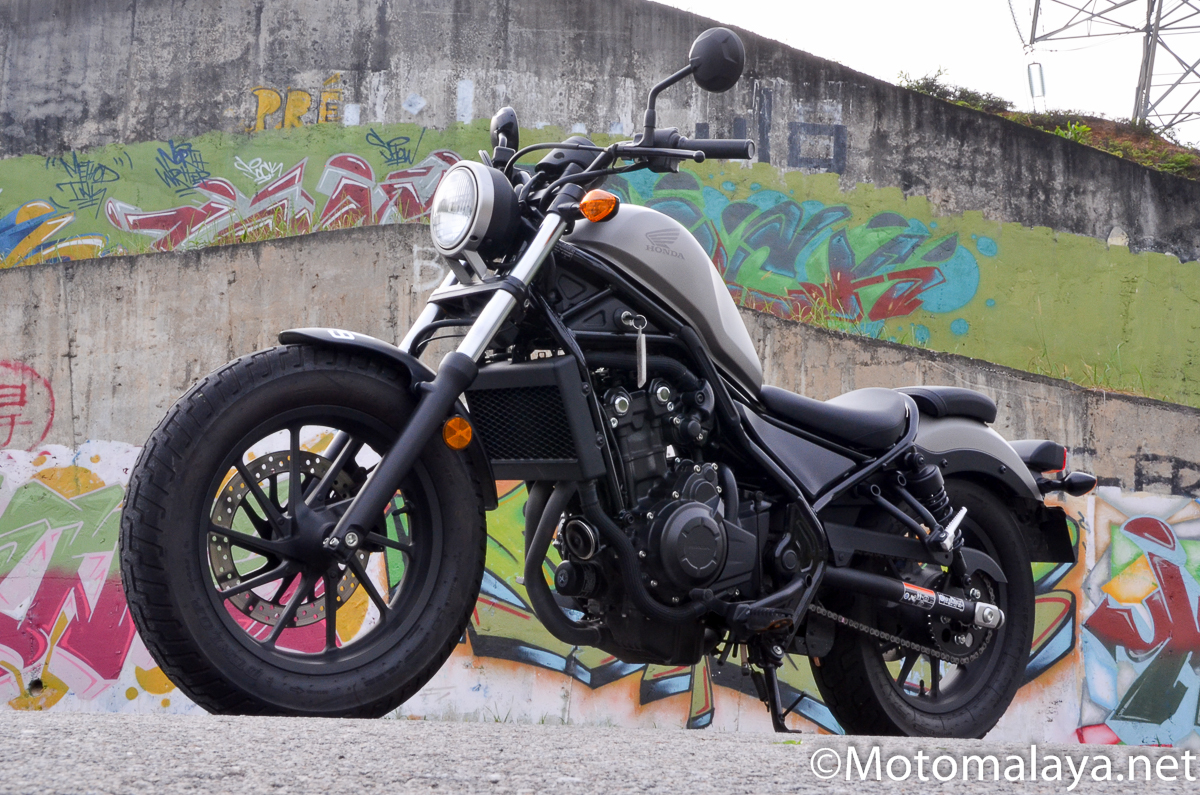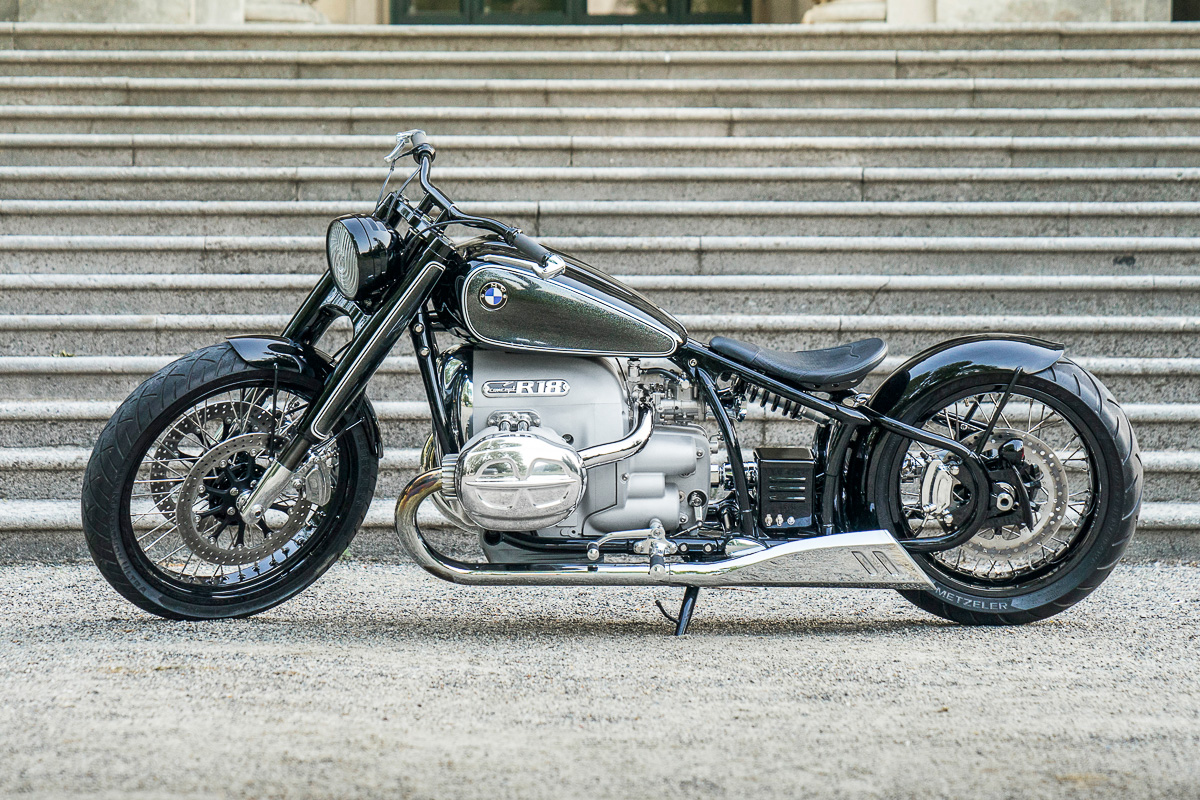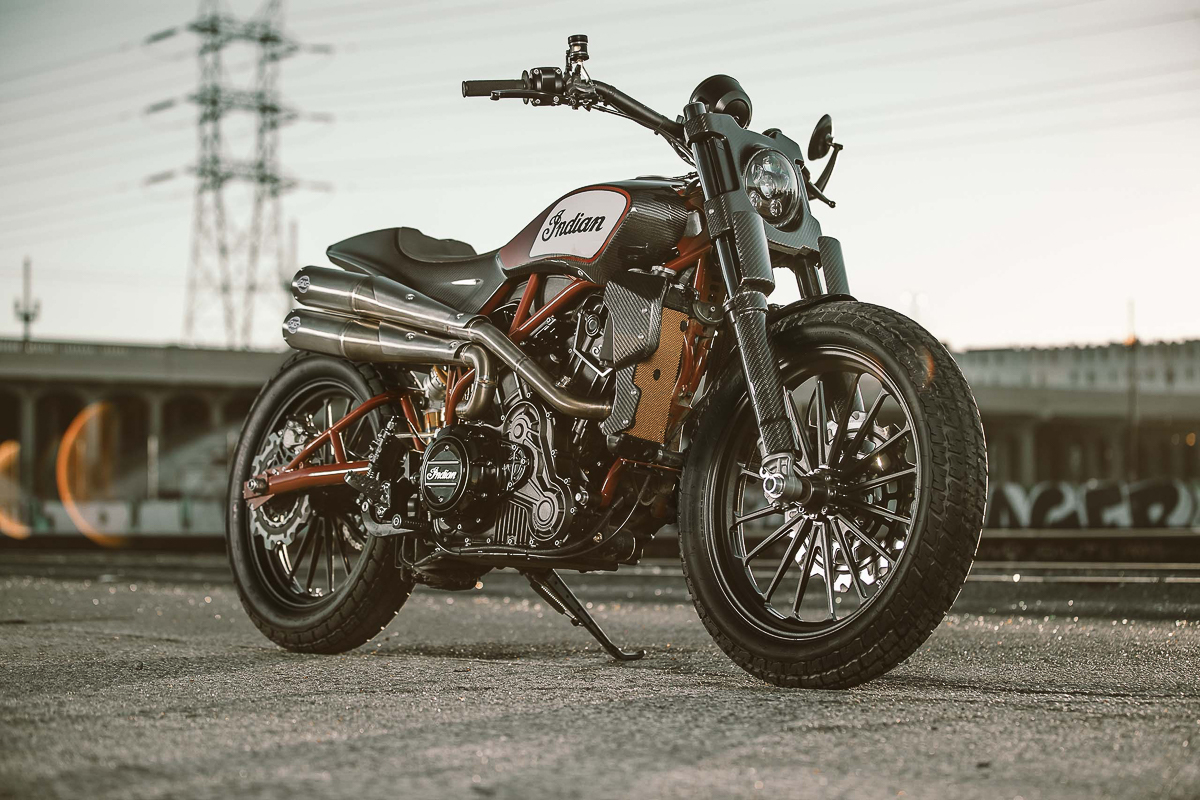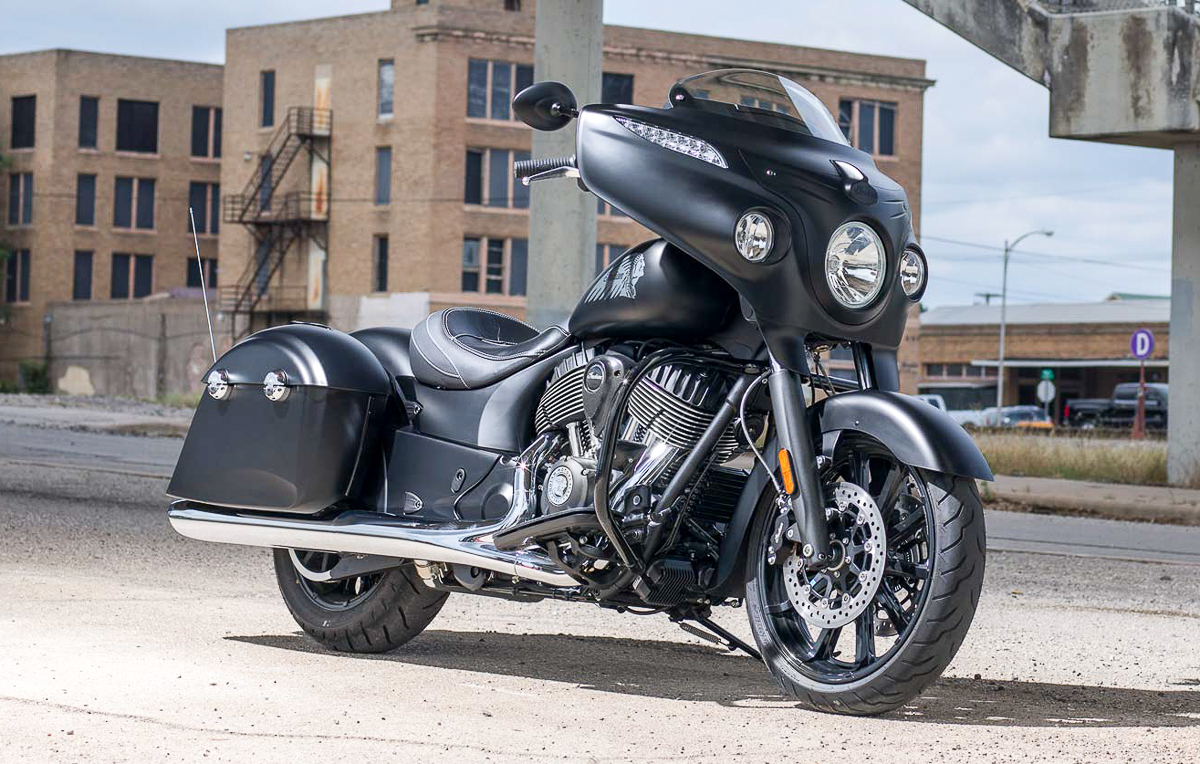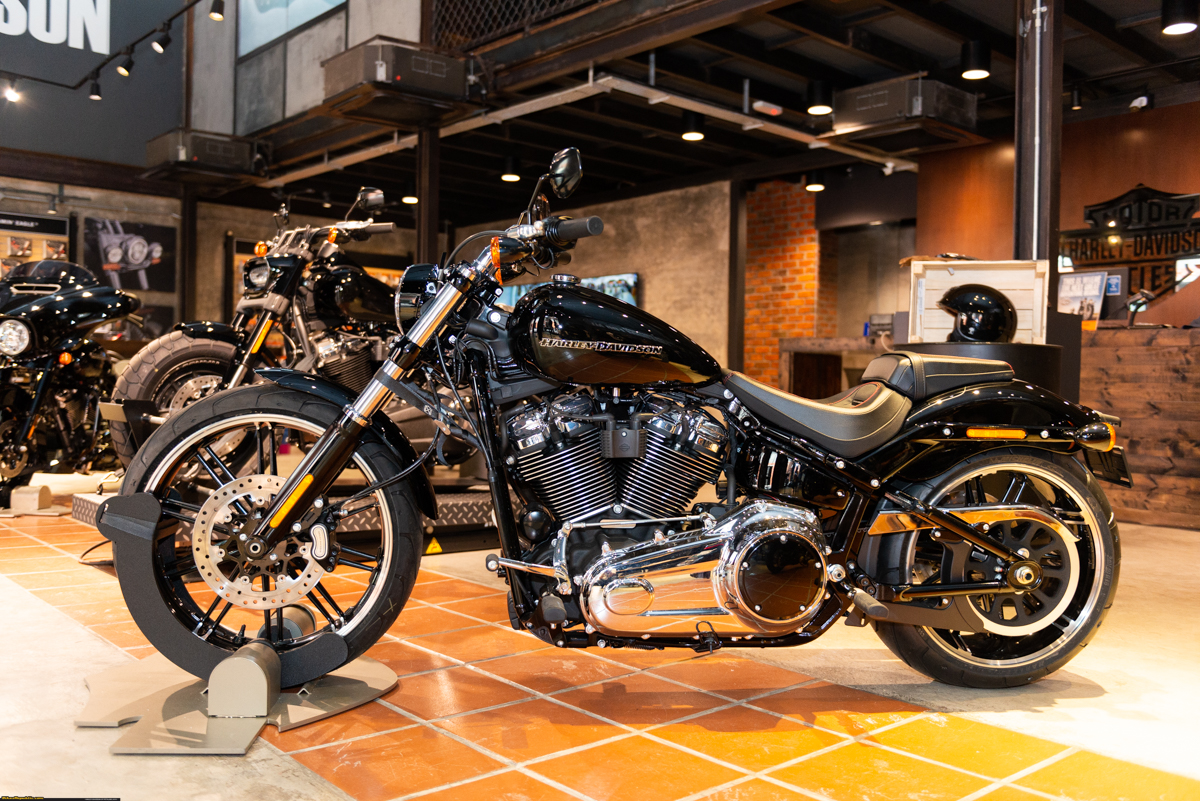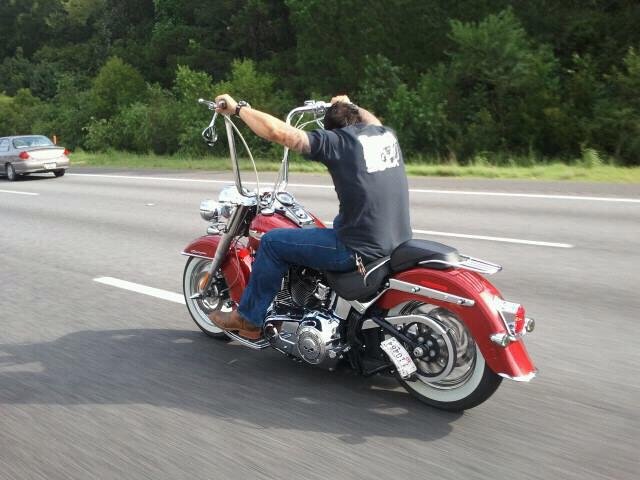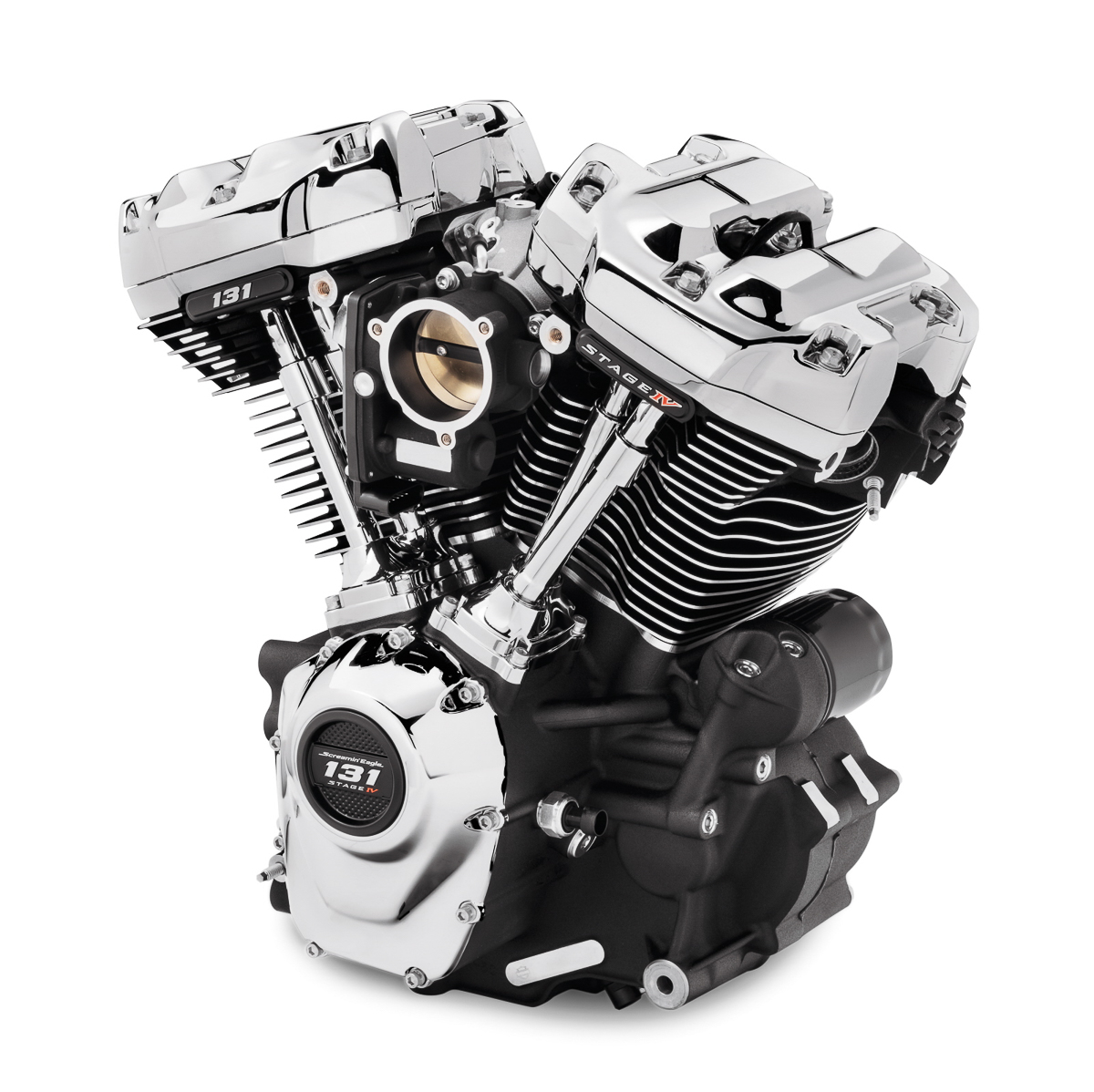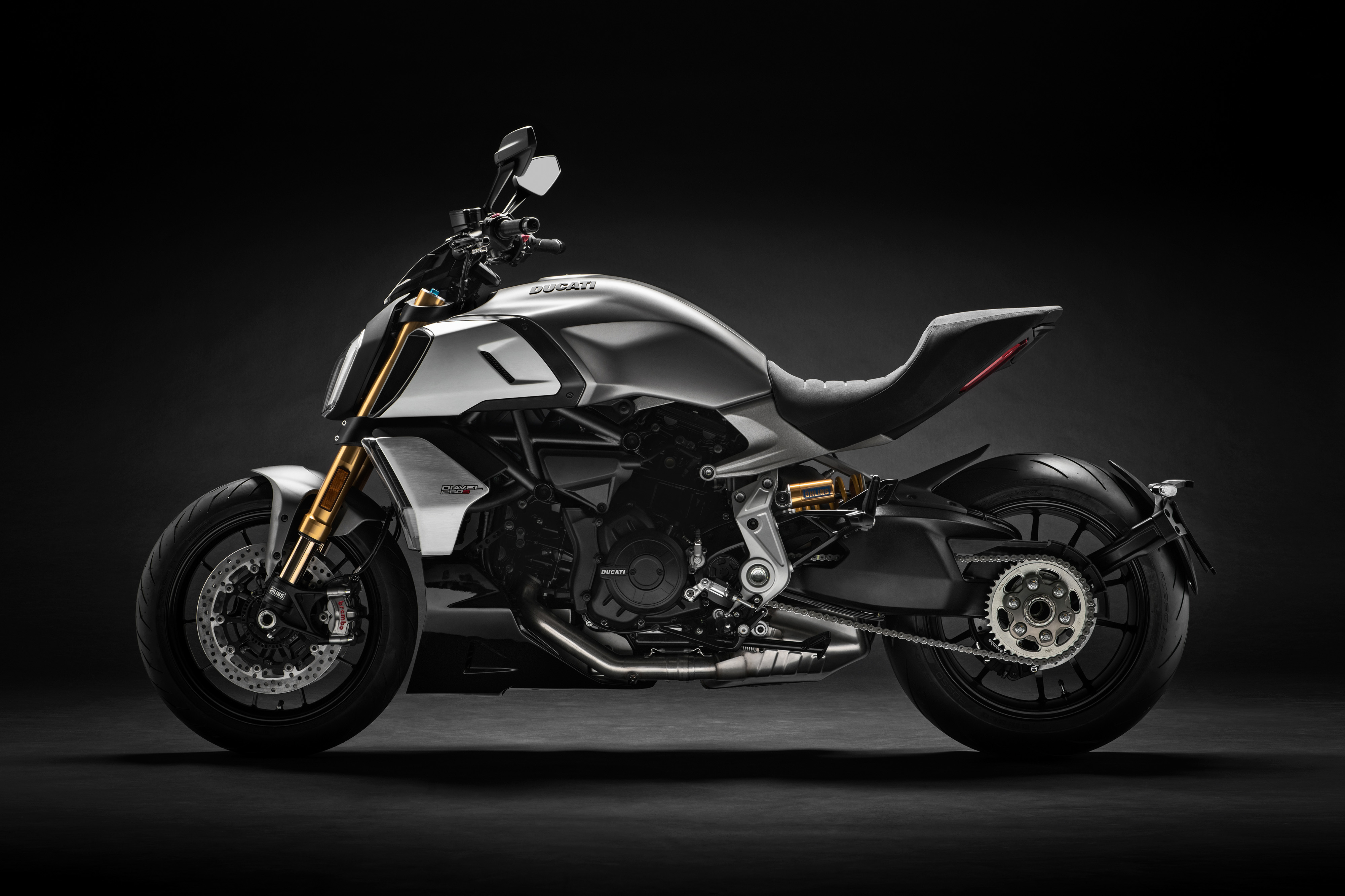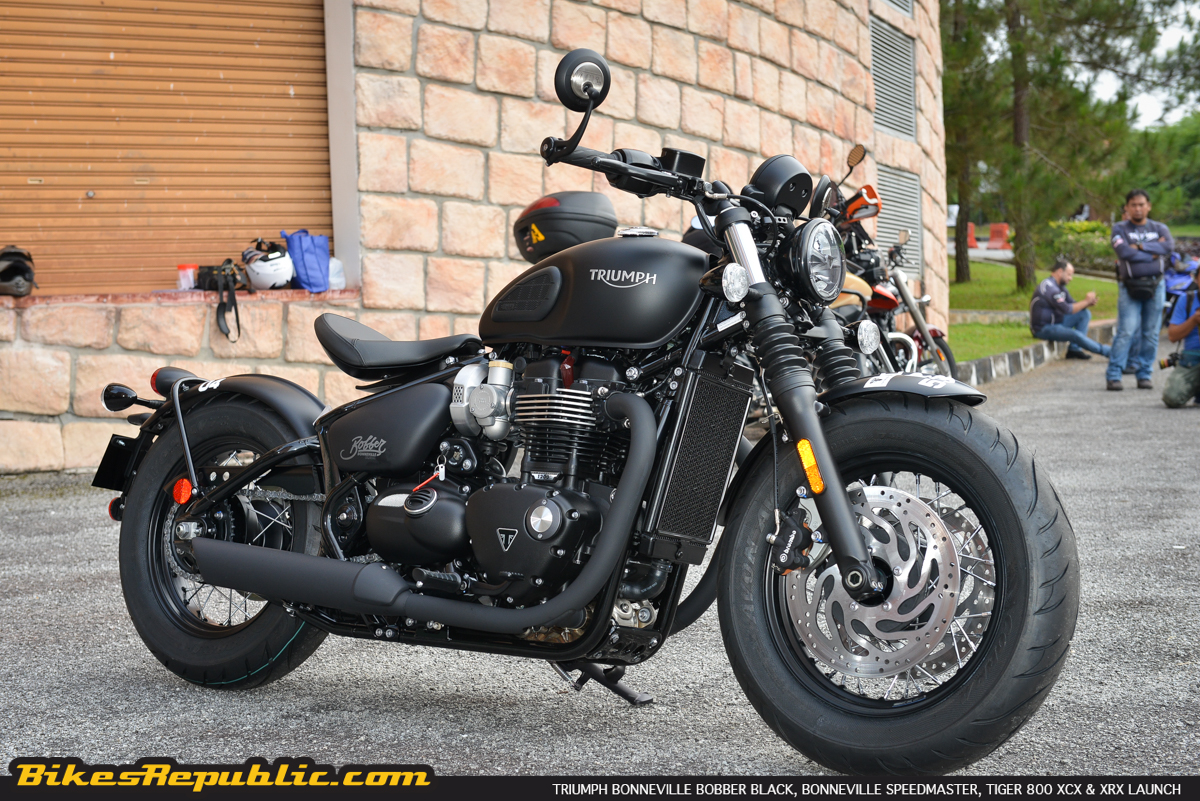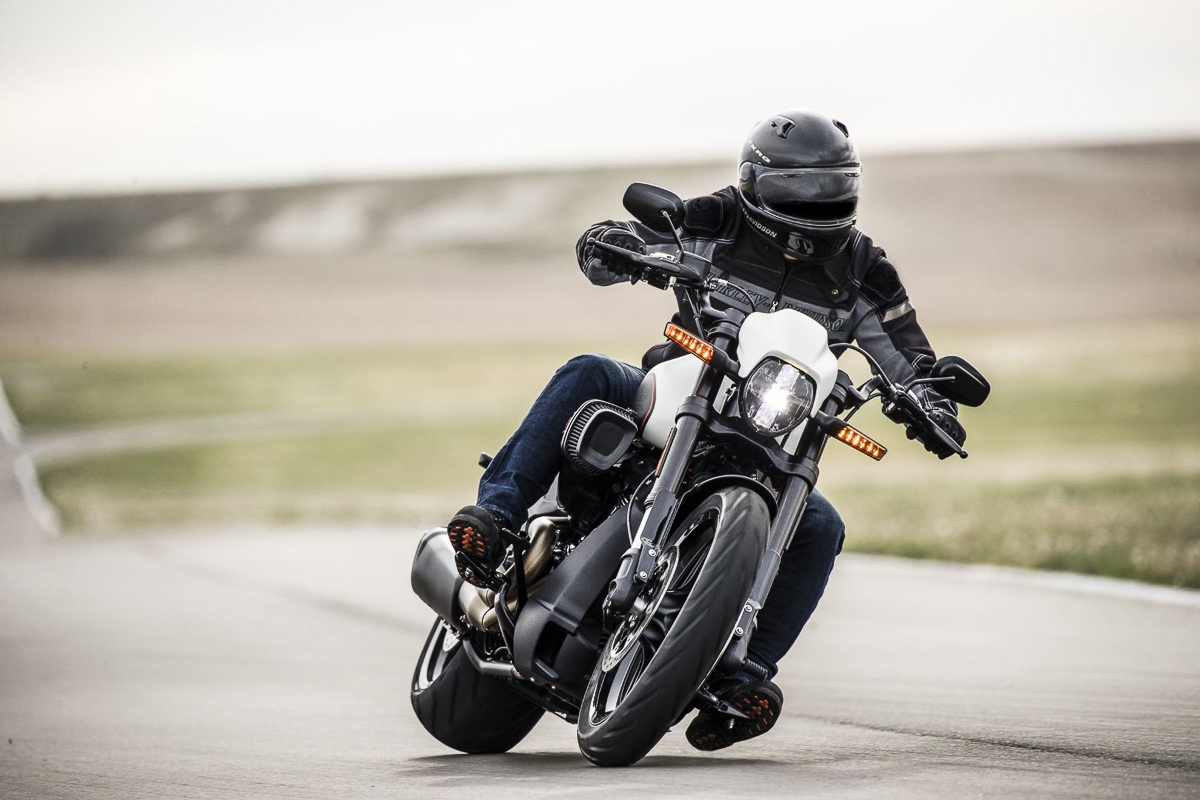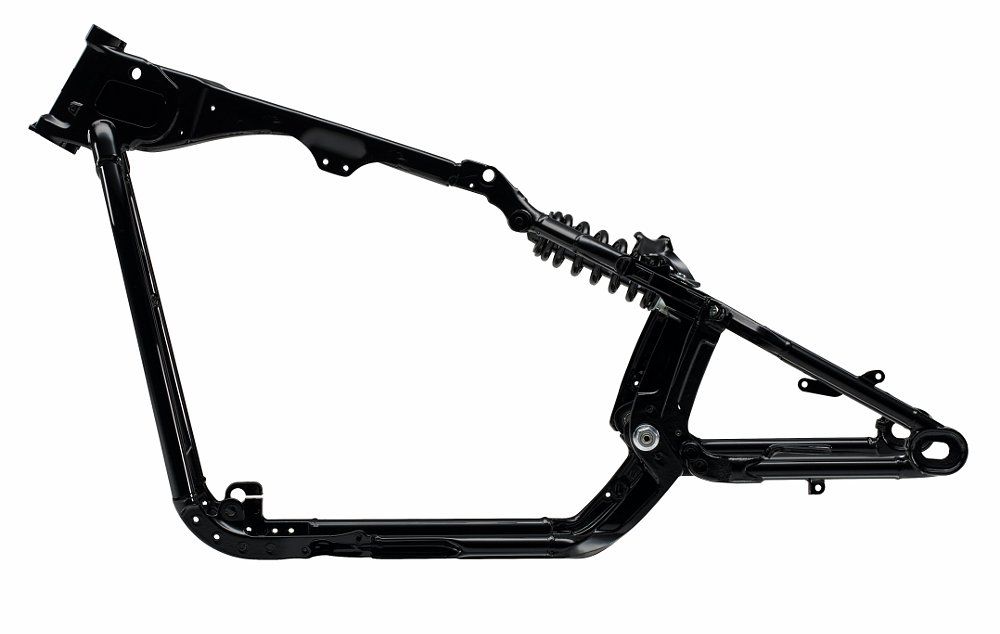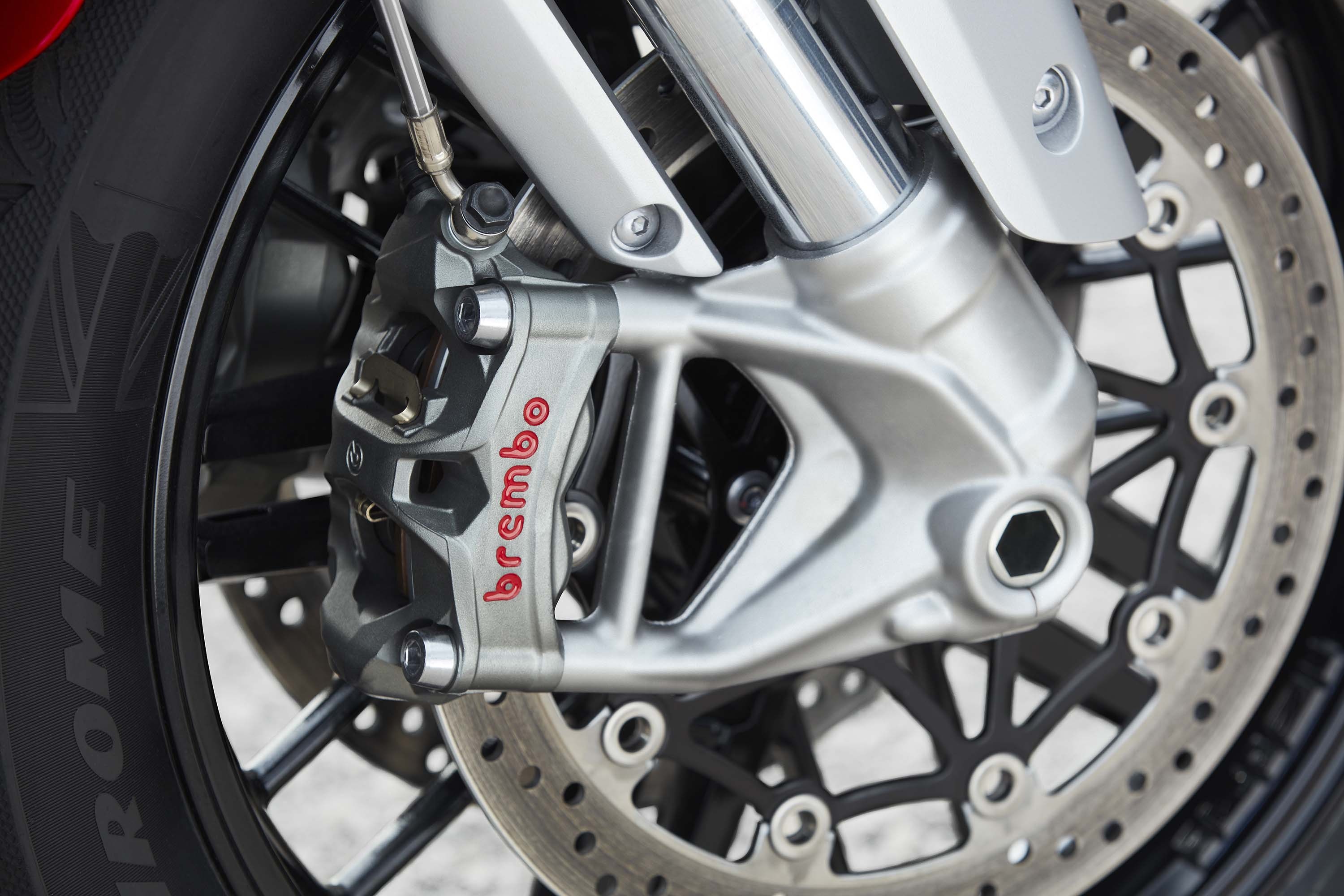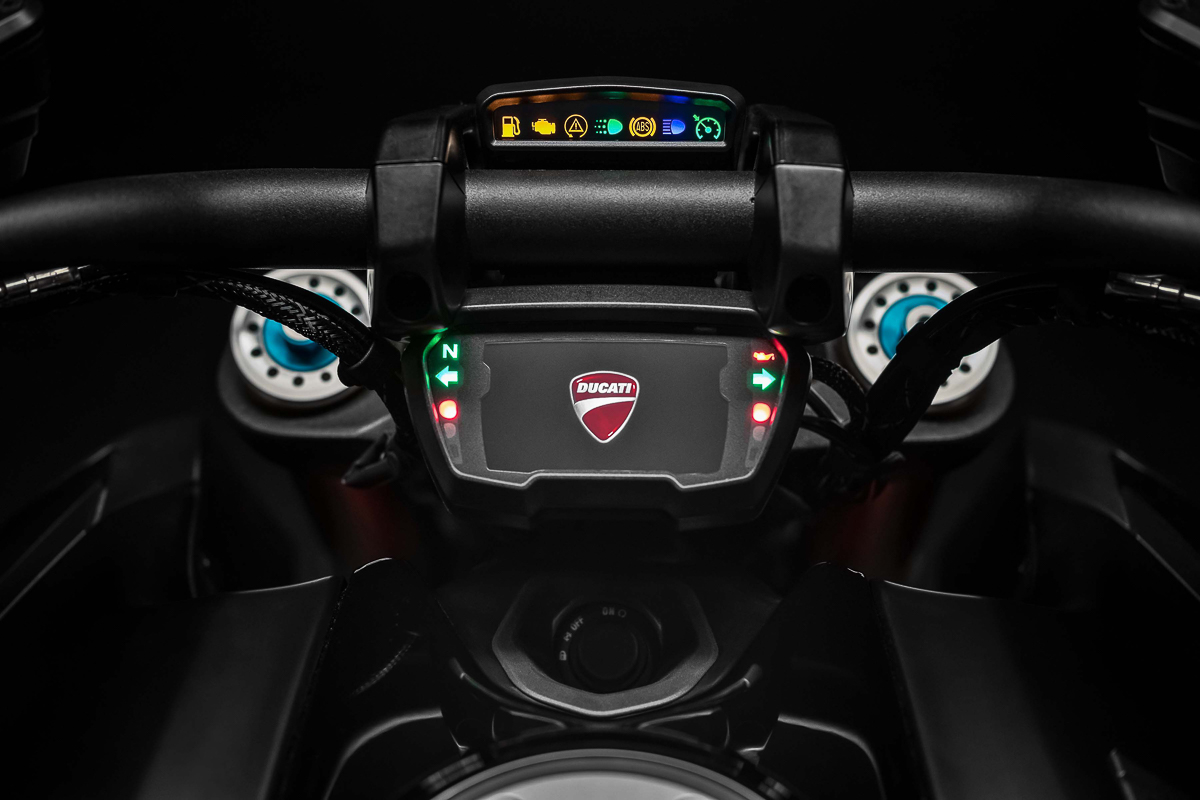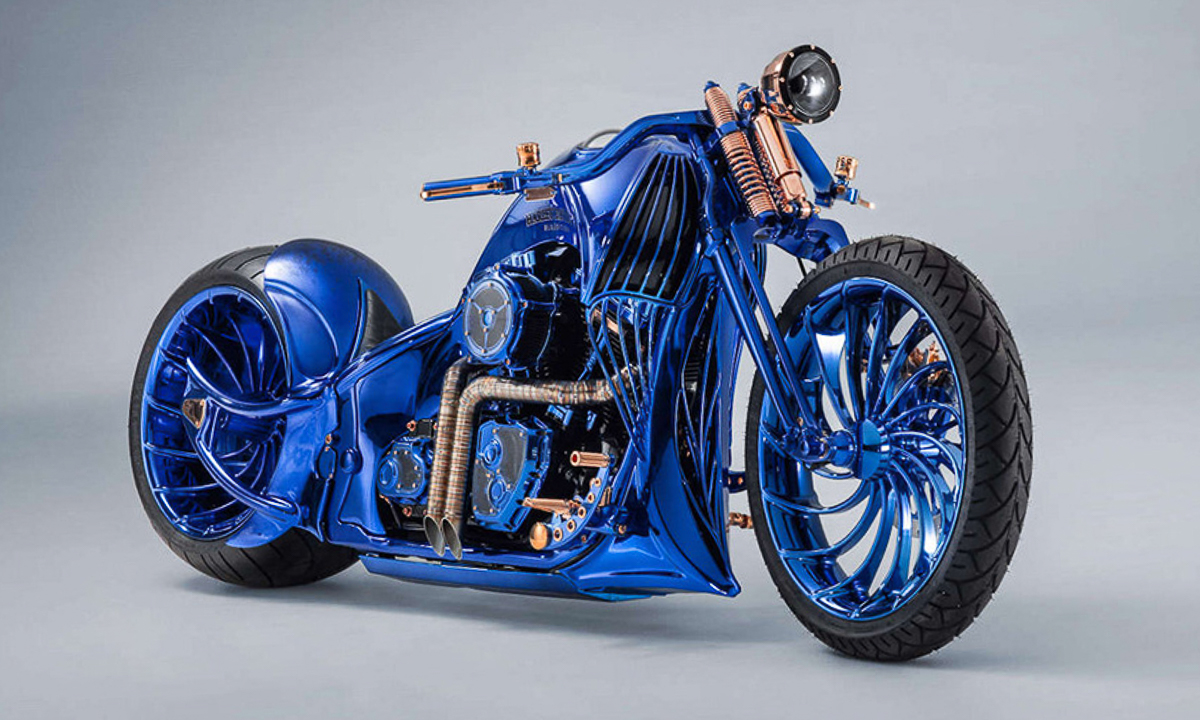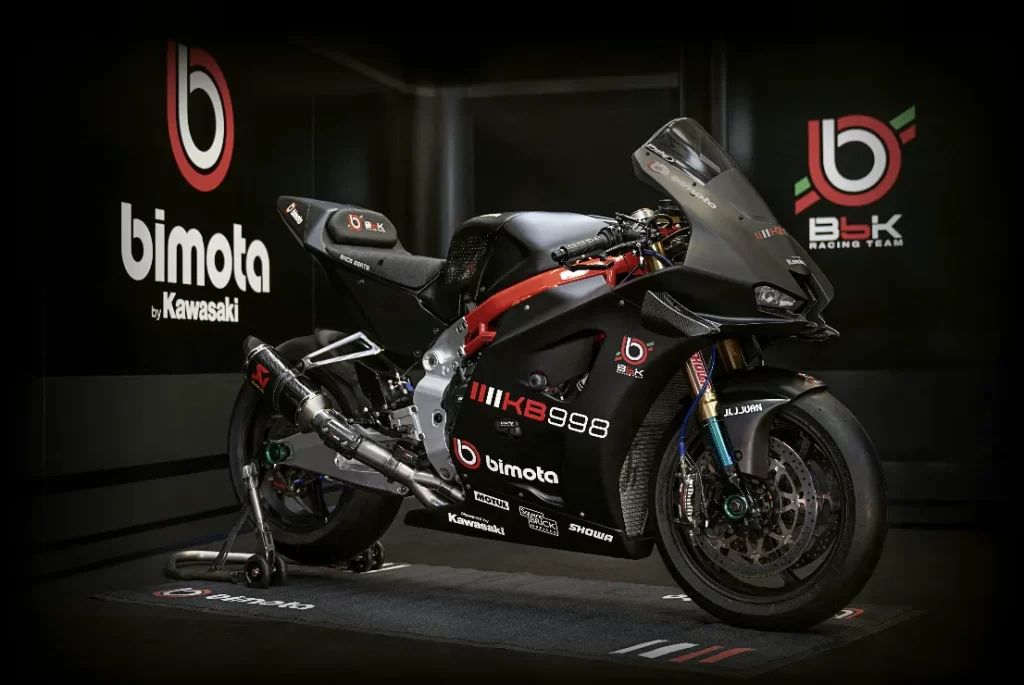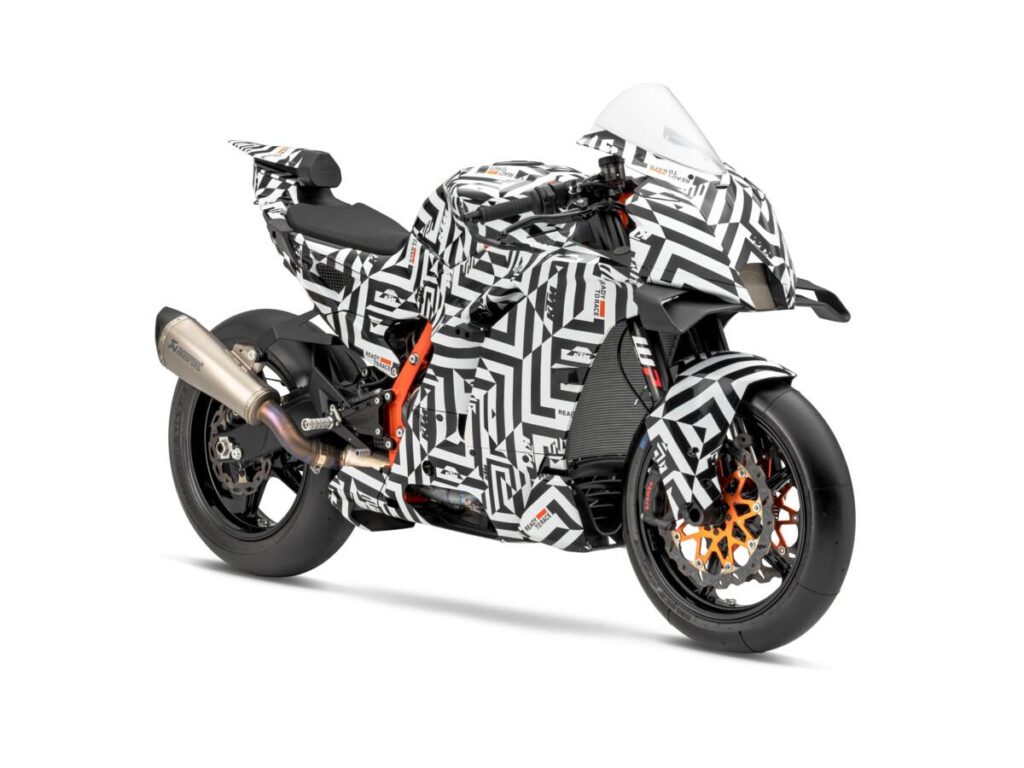-
Continuing our series “Know your Bike”, we present the cruiser.
-
Cruisers are about easy going.
-
Their engines emphasis torque over horsepower.
There are still many types bikes that we need to cover, but let’s get the main types out of the way first, by moving on to the cruiser.
Yet to come is the tourer, sport-tourer, adventure/dual-purpose/dual-sport, sportbike. That should cover all the road bikes. We’ll then move to the off-road bikes.
What is it?
The mainstay of cruisers is about completely a laid-back riding and attitude. It’s about the engine’s torque reverberating through the entire bike and the rider’s body. Style matters the most here. It’s about presence. It’s about making a statement. It’s about being different in an age of mega-complex, highly advanced motorcycles.
Talk about cruisers and one is inclined to think about leather clad riders on thundering machines that rattle your car’s windows as they pass. Honestly though, that image was promoted by the stalwart of cruiserdom i.e. Harley-Davidson.
Good examples are Harley-Davidsons; Indian Motorcycles; Honda Rebel; Yamaha Royal Star; Kawasaki Vulcan; Triumph California, Bobber, and Rocket III; etc.
There are sub-genres to cruisers, of course. You get bobbers, choppers, trackers (as in flat track replicas), Sportsters/Scouts, baggers, tourers, and finally powercruisers such as the Yamaha V-Max, Harley V-Rod series, Ducati Diavel and now the new Triumph Rocket 3.
BMW is set to join the cruiser market with the R 18, but there’s no official word on which types they’ll market.
Styling
Styling (apart from the powercruisers) is normally “nostalgic.” Harley-Davidson is the company who’s always evoking images of what happened in 1903, 1984, 2003, etc. However, the Motor Company has moved away from the traditional retro designs for a number of their models recently.
The other big name in cruisers is Indian Motorcycles. Under the Polaris group, there were two lines of cruisers, initially, the other being Victory. The latter produces models with highly retro cues, while the latter more modern, powercruiser styled models. However, Polaris has closed Victory to concentrate on the Indian brand.
Cruisers are easy to spot. They have really low seat heights, long fuel tanks (apart from the Sportster), large rake angles, long wheelbases (i.e. stretched out). Bobbers have “bobbed” (cut off) rear fenders. Choppers have “raked out” steering angles with long forks; and powercruisers look like bulls – on steroids – with chunky rear tyres, forks, front tyres. Tourers have major league wind protection, stereos, hard luggage, while baggers are more of the cut-down form of tourers.
The “Sport” models such as the Sportster, Scout, Rebel were actually meant to be like the standard motorcycle although have more cruising character.
Seating position
A low seat height, regardless of model style. The rider’s legs are usually placed forward with the feet next to the engine or even ahead.
Depending on the type of handlebar installed, the rider sits either upright or with his torso slanted forward. Lower and shorter handlebars called “drag bars” have either low or no riser at all, thus necessitating a long reach forward.
There are so many types of handlebars catered to cruiser riders’ individual tastes.
Engine size
While we usually think of cruisers as heavyweights, there are once that begin from 125cc. But it’s true that the largest volume production engine capacities are in the cruiser segment. Case in point, the 2020 Triumph Rocket 3 with its massive 2500cc triple.
Oh yeah, Harley had just announced the 131 cubic inch (2147cc) Screamin’ Eagle Milwaukee 131 Crate Engine, making it the largest V-Twin. BMW has the honour of having the largest Boxer engine at 1800cc.
There are just a number of types of engine configuration in this segment made of Singles, V-Twins, parallel-Twins, Triples, and now the Boxer. However, the main platform is the narrow-angle 45-degree V-Twin which Harley had promoted for ages.
Most 45-degree V-Twins are primarily air-cooled, except for certain liquid-cooling for certain Harleys. But the coolant only circulates around the cylinder heads and exhaust ports.
Harley also has a liquid 60-degree V-Twin called the Revolution which powers their er… powercruisers.
The 90-degree V-Twin in the Ducati Diavel is liquid-cooled as the engine is shared with the Multistrada sport-tourer.
Triumph’s Bobber uses a liquid-cooled 1200cc parallel-Twin.
The Rocket 3 is liquid-cooled, of course!
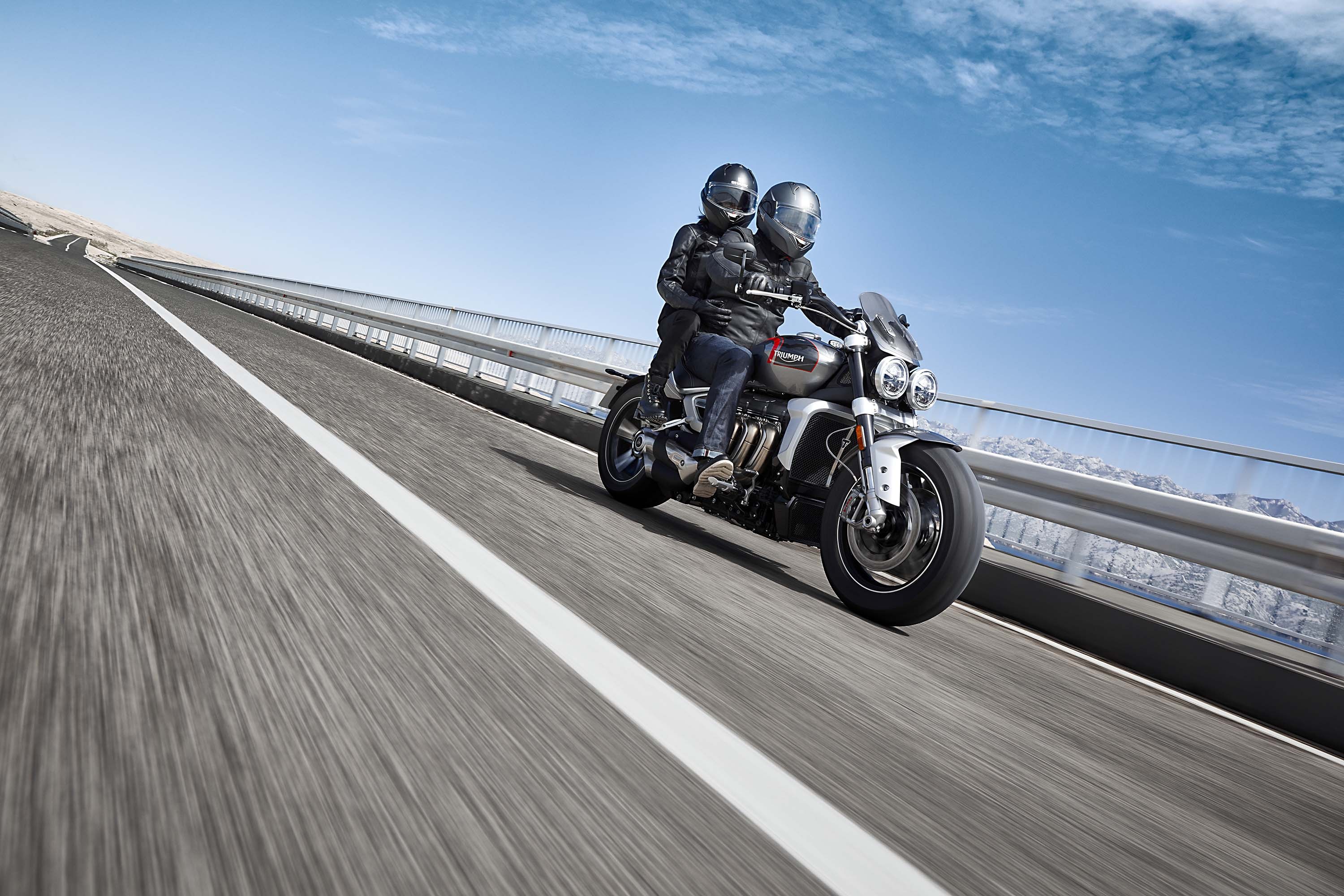
Performance
Cruisers are all about torque, more torque and most of all, torque. As in low-end and tractable torque.
This is one reason why it’s difficult for most cruiser riders to switch to other form of bikes. That massive low-end power allows them to ride through traffic without the need to work the gear lever like a tap dancer, and overtaking traffic needs just a small turn of the throttle.
On the highway, the massive V-Twins turn over at around 1,500 RPM while a torquey, high horsepower, high RPM 1000cc superbike does it with 4,500 RPM, at the same 110 km/h. This character gives the cruiser a relaxed sensation – hence cruising.
The new Harley engine we mentioned above stomps out 177.6 Nm of torque (horsepower is upped to 131 now). If you think that’s a lot, the Rocket 3 triumphs (pun intended) with 221 Nm and 165 hp.
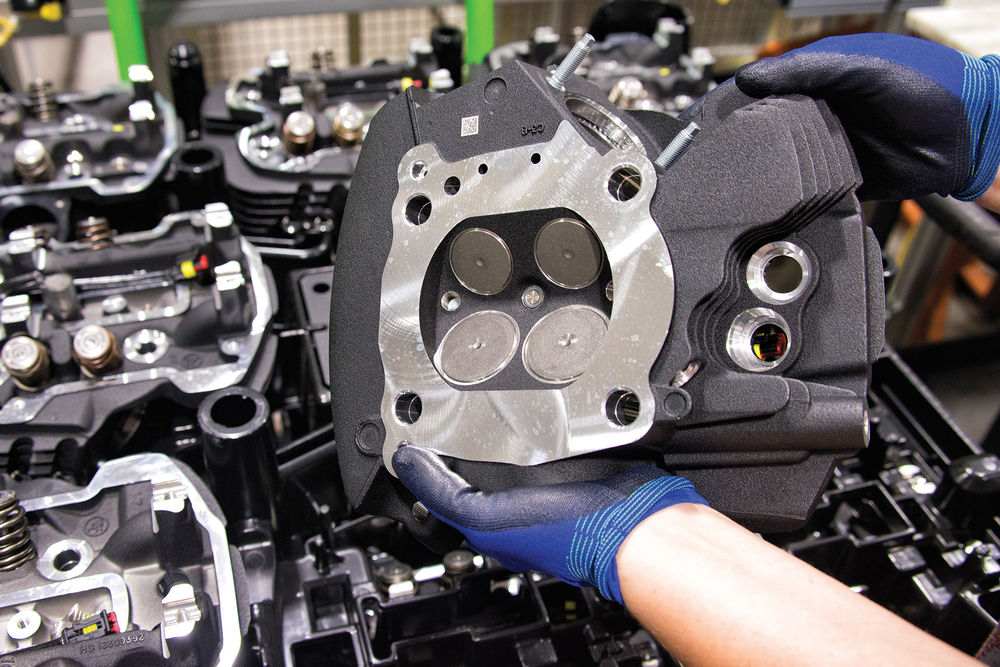
Chassis
Chassis is generally basic with the main concern about carrying the mass of the motorcycle, rider and pillion, and the luggage. Therefore, the frames are usually made of large gauge steel tubing.
The suspension is tuned for comfort, rather than corner carving (apart from the Rocket 3 and Diavel).
Harley brakes were supremely lacking for a long time, but they’ve since upped their game, especially in the face of Indian and Victory. Again, the Rocket 3 and Diavel are in the performance market, thus they’re equipped with the latest Brembo brakes.
Electronics
The cruiser segment was the last of the road bikes to see up-to-date ABS and traction control. However, most are still considered basic in the face of other bikes in the luxury market.
The performance segment is again different, of course.
Fuel capacity
Fuel tank sizes typically range from 12 litres and above. The heavyweight cruisers usually carry 23 litres or more. Stylistic considerations may dictate the smaller “peanut” tanks, of course. Remember that Americans lead the cruiser market, therefore the bikes are meant to travel long distances.
Yes, yes, there are cruiser riders who ride no further than to Starbucks or Hard Rock Café and back, but there are also such riders in other segments, too.
Customization options
The cruiser segment is the hotbed of motorcycle customization. There’s everything from mild to wild, from the gentlemanly to the outright weird.
The manufacturers also offer factory customization and upgrade kits with hundreds and thousands of choices.



